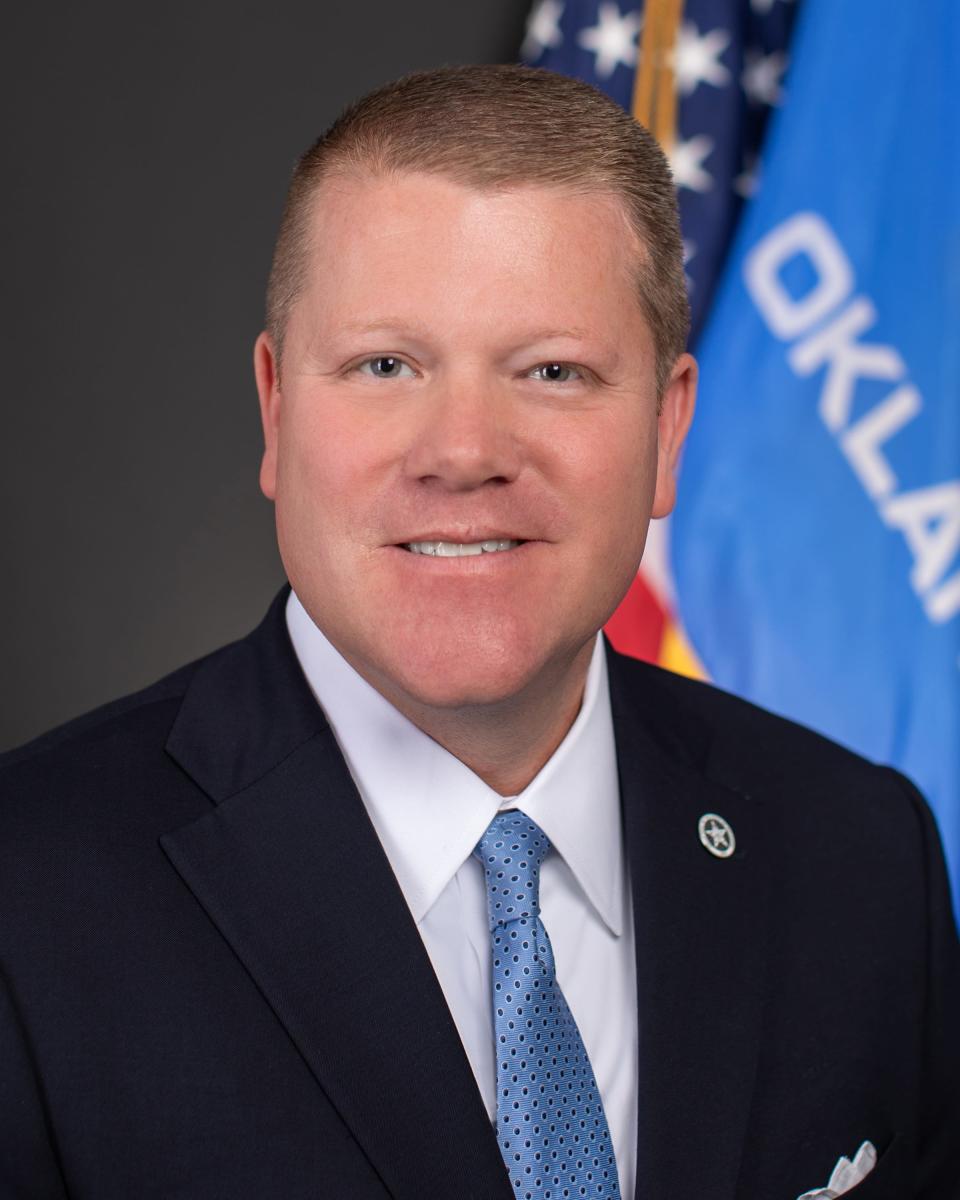This is our moment to make history, the same way the Rural Electrification Act impacted the 1930s

From downtown Oklahoma City and Tulsa to the far edges of the Panhandle and Ouachita Mountains, high-speed internet is no longer a luxury, it’s a necessity.
For decades, the conversation about expanding internet access has taken place without a plan of action. Until now.
The Oklahoma Broadband Governing Board recently approved 142 ARPA State and Local Fiscal Recover Fund grants totaling $374 million to 31 internet service providers — from locally and family owned operations to rural cooperatives to investor-owned corporations. When factoring in the private match requirement, the total investment is around $500 million.
The awards will expand broadband access in 57 of the state’s 77 counties, connecting 20% of the unserved and underserved.
I like to think this is our moment to make history in the same way the Rural Electrification Act impacted the 1930s.
More: Who will lose if Congress doesn't approve program extension that assists with internet cost?
Farms, ranches and tiny communities remained dark long after cities and towns were powered by electricity. Those rural areas were considered “the dark land.”
While communication technology has advanced quite a bit in the last three decades, the investment wasn’t focused on rural Oklahoma. They are again in the dark land. Our job is to bring those residents up to speed.
If the COVID pandemic taught us anything, we learned you can run a multi-billion-dollar company from a laptop in your living room. You can also attend college classes, visit with your doctor, receive urgent weather and wildfire updates, and have video chats with your out-of-state grandchildren. But to make that a reality, you must have access.
In order to connect rural residents, it will take major investments.
In the coming months, internet service providers will compete for $159 million in Capital Projects Funds for further service expansion, but it doesn’t stop there. By the end of 2025, BEAD, the largest broadband infrastructure program at $797 million, will be awarded.
If the results of our first program are any indication of what to expect with our next two infrastructure programs, we are looking at hundreds of more projects across the state and over 100,000 more homes and businesses served.
These projects will not only bring high-speed internet to communities lacking access but will also bring high-paying jobs to a growing workforce.
Infrastructure buildout will create immediate demand for workers to install the lines and equipment.
More: High-speed internet grants of more than $300 million awarded by Oklahoma officials
For young students considering career options, or those looking for a fresh start, there has never been a better time to enter the broadband industry. OSU Institute of Technology in Okmulgee and career technology centers across the state are training the workers, who can earn upwards of $60,000 per year.
While this historic moment is funded with federal tax dollars, expanding high-speed internet service statewide would not be happening without the full support of the governor and Legislature. Their vision established the governing board and office to effectively administer the grants, paving the way for the results we see today.
These results are guaranteed to bring a brighter future for all Oklahomans regardless of their zip code.

Mike Sanders is the Oklahoma Broadband Office executive director.
This article originally appeared on Oklahoman: Major investments needed to connect rural Oklahoma to internet access

